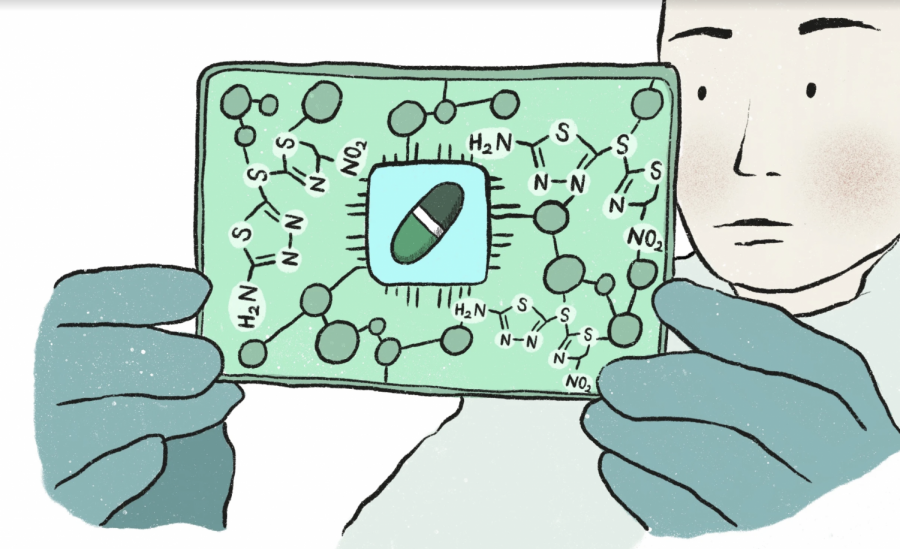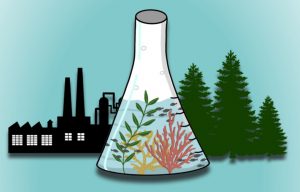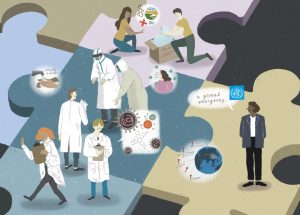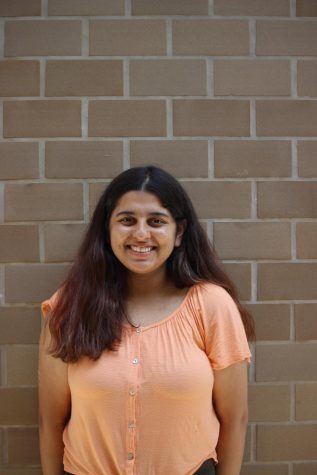A novel AI paves the way for new antibiotic production
April 23, 2020
MIT researchers made a scientific breakthrough in the field of medicine by creating an AI-based program that could find new potential antibiotic molecules on Feb. 20, making way for curing diseases that have longtime evaded cures.
The concept of artificial intelligence has been on the rise in the latest century and provides a multitude of benefits to many industries, including the medical industry, with advantages ranging from better data analysis and organization to more cost-effectivity.
This new AI works by identifying which molecules could kill a virus, not focusing on if it is toxic to humans or how sustainable it is. First, the scientists exposed the program to different compounds and their relative efficacy on E. coli. After the program had learned the traits that made an antibiotic successful, scientists set it loose on a database of 6,000 different potential molecules.
The AI stumbled upon halicin, a compound usually used to treat diabetes. It prevents the production of ATP, an energy molecule, thereby killing the virus before it injects its DNA into the target cell.
As it turned out, Halicin was non-toxic, had the ability to treat and had significant antibacterial effects. This is essential now because more and more bacteria are mutating in a way that they become antibiotic-resistant; these species are called superbugs. Some important examples are certain strains of tuberculosis, E. coli, and gonorrhea.
In fact, according to the BBC, in England, the number of antibiotic-resistant infections rose by 9% between 2017 and 2018, with that number continuously increasing. Finding new treatments is essential in curbing the rise of infections, but is becoming difficult due to the rapidly mutating nature of the bacteria.
A 2019 UN report predicts that 10 million people will die of superbugs by 2050. These shocking numbers explain why the discovery of the uses of halicin has been reassuring.
In the lab, scientists tested halicin on small colonies of bacteria, and the results were astonishing.
The compound was able to kill bacteria that are notorious for being superbugs, and these bacteria didn’t develop resistance after 30 days. The bacteria tested ranged from tuberculosis, a deadly lung disease, to A. baumannii, a disease-causing bacteria prevalent in U.S. soldiers in Afghanistan. No cure is being made as of yet, but human trials are likely to start soon, as they have already tested the compound on mice.
Scientists are hopeful that this new AI will be able to find other compounds to create life-saving antibiotics, as it has already identified 23 other compounds that could potentially work for other diseases.
The AI will not eradicate superbugs — with the rate of antibiotic use, that isn’t probable in the near future — but a few of these infections could potentially be cured. With halicin, scientists plan on making new antibiotics from scratch, adjusting current antibiotics and reducing the side effects of medicines.
This knowledge is not only essential for medical professionals prescribing the medicines, but also for the people taking them. Because antibiotic efficiency and production have gone down, more bacteria are more likely to become deadly, or at the very least, very dangerous.
With this new AI, scientists hope that antibiotic production will increase once more at a more cost-effective and timely rate, making pharmaceuticals both cheaper and more quickly available.





